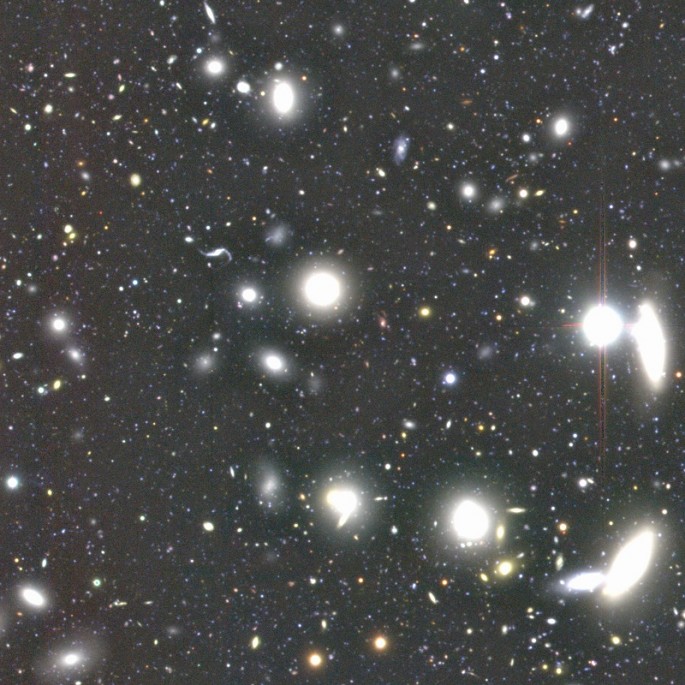Just last year, astronomers discovered 47 galaxies located in the Coma Cluster which is believed to be composed of almost entirely out of dark matter. To date, astronomers have detected 800 of these galaxies in the same cluster.
According to astrophysicist Jin Koda from Stony Brook University, New York, this great amount of concentrations in mysterious dark matter is probably the tip of the iceberg for a breakthrough cosmic discovery.
Koda adds that more fainter galaxies can also be detected which are also embedded in significant huge amounts of this dark matter where these mysterious dark galaxies are obtained from observations from the 27 foot Subaru Telescope in Hawaii.
Koda and a team of astronomers have searched high and low through Subaru's archives for these 854 documented galaxies where they specifically examined diffuse and extended galaxies inside the Coma Cluster located 300 million light years away from the constellation Coma Berenices.
These galaxies are unique as they are mysteriously dim and arranged in a pattern that is similar to brighter galaxies also found in the Coma Cluster where most of them are comparable to the size of our Milky Way galaxy but only possess one thousandth as much stars.
Dark matter should have ripped apart these sparse galaxies due to extreme gravitational forces however scientists are baffled about their survival and longevity. Astronomers now believe that these dim stars are enshrouded with dark matter that protects them where it is estimated that these galaxies possess almost 99 percent of dark matter in their mass.
These dark galaxies have also lost their stellar fuel to create more stars that could be caused by intense and violent pressures due to powerful gravitational forces and intense supernova explosions inside the Coma Cluster.
Koda adds that further spectroscopic observations are needed in order to reveal the history of the star formation of these dark galaxies.
Scientists believe that 80 percent of the universe's mass is made from dark matter however it is invisible and can only be detected via its gravitational forces towards a cosmic object or in this case, galaxies within the Coma Cluster.
This study is published in the Astrophysical Journal Letters.






















